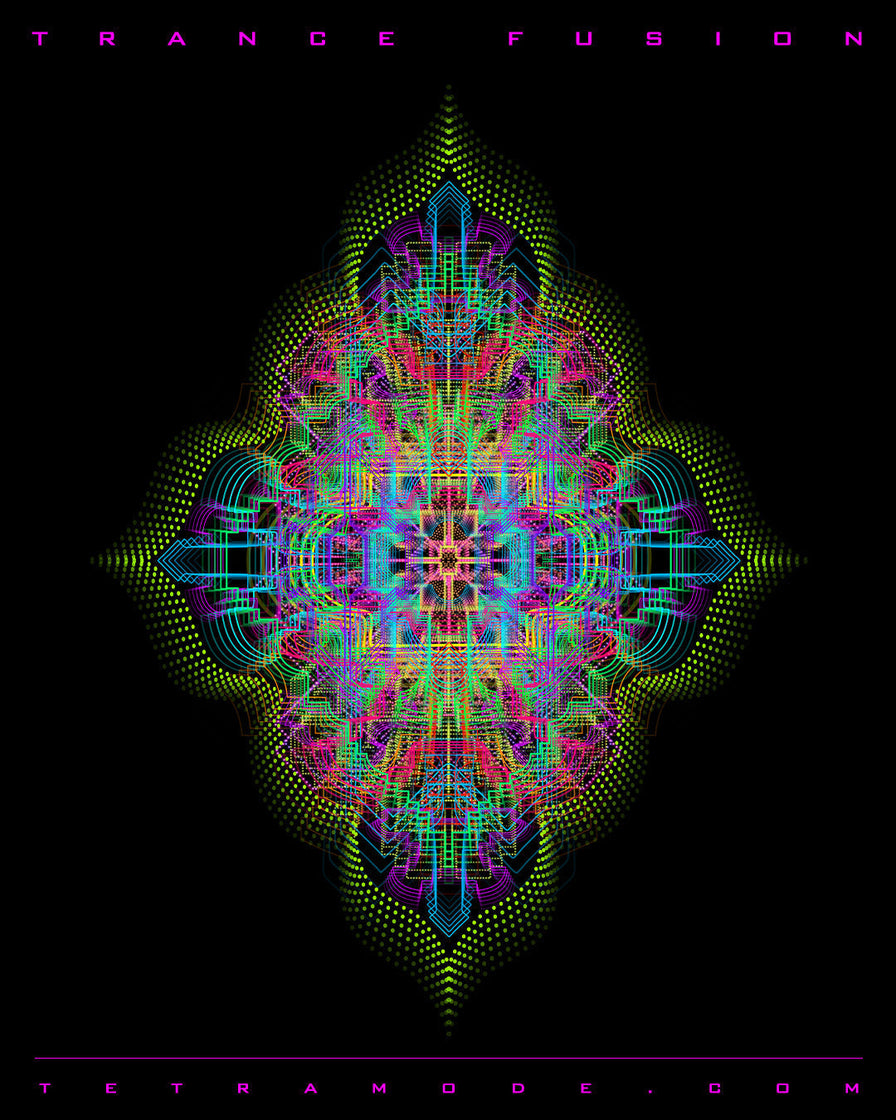
Trance Fusion is inspired by psytrance and its repetitive rhythms and atmospheric textures. With this piece, I wanted to create a still-life effect of what psytrance music looks like to me. When I close my eyes and listen, I see geometric shapes and patterns pulsing and vibrating outward from a central point, alive and animated everywhere. There are moments of chaos and order happening at the same time, creating a powerful sense of oneness.
I really wanted to saturate the colors and make them neon to evoke the UV deco vibe you often see at psytrance festivals or events. Psytrance has a huge following in India, where Goa Trance originated in the region of Goa, so I wanted to give a special nod to that part of the world. That’s why the overall piece carries an Eastern aesthetic.
Trance Fusion reminds us that the pulse of life is within, and if you sit quietly and still enough, you can feel the rhythm of the universe inside you.
Explore the Details! →











